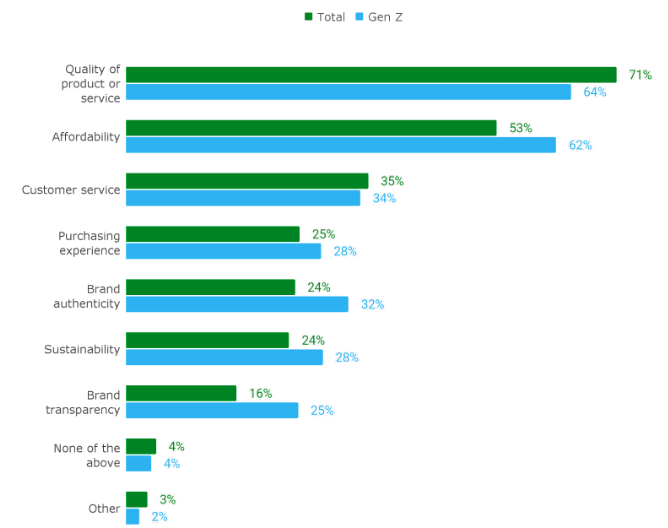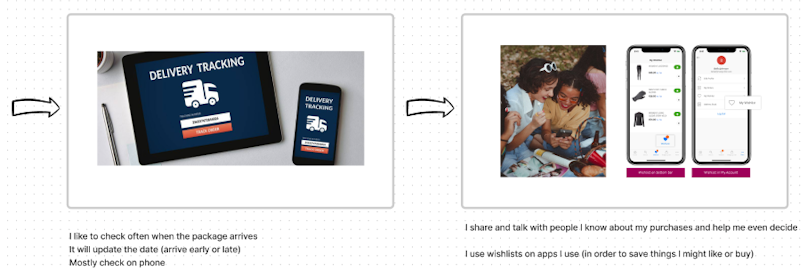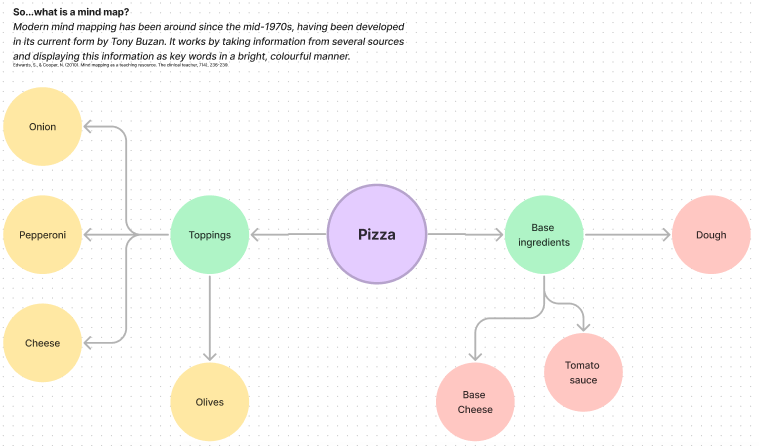Imagine you were born in the late 1990s or early 2000s. You grew up with access to the internet while digital devices are a part of your daily life. Now, as an adult, you are likely to use your knowledge and savvy to search for authentic and sustainable products with consideration for their impact on the world. You do your research, examining recommendations from friends and influencers who inspire you. However, you may be annoyed by the digital platforms you use.
This is a common scenario for many Gen-Zers, who are between 18 and 25 years old. Although Millennials still represent the largest consumer group, Gen-Zers have a spending power of over $360 billion in disposable income.
Gen-Zers want a seamless and integrated digital experience much like representatives of other generations, making them great omnichannel buyers. ECommerce order completion won’t occur until the Gen-Zer does a little digging.
They will research and purchase within the same app if possible, with Instagram being a prime example, due to its integration between influencer advertising and item purchasing. However, e-commerce platforms often lack efforts to address Gen-Zers' specific needs, leaving them unattended.
This caught our attention and motivated us to conduct an experiment to better understand the opportunities in this scenario. Without further ado, let's get into it.
Secondary Research
The scenario above was part of our findings about Gen-Z from secondary (online) research. There was clearly a need that eCommerce platforms were not taking advantage of. The following are the prevalent needs of Gen-Z as defined in the literature:
Gen-Z is tech-savvy;
They are diverse and well-educated;
They conduct extensive research before making purchases;
Reviews alone are not enough. They want to know their friend's experiences with the product, see people they admire using it, and understand the production chain where the product was made.
Gen-Zers are as careful and thorough as B2B owners looking for a new acquisition, but with their personal purchases.
Gen-Zers use a variety of sources for research and purchases, but they prefer to be omnichannel shoppers, completing the entire selection and purchase process within one platform, if possible;
Online shopping is a social activity for them.
Purchasing experience is important, meaning Gen Z will gravitate toward businesses that use tools that streamline the process. For example, if they’re purchasing from a dropshipping company, they would prefer the company use something like Spark Shipping to synchronize products with other vendors, because it reduces the likelihood of an item being out of stock;

A survey made by Survey Monkey about Gen-Z shopping habits. | Source
These needs opened up opportunities for possible solutions. Our previous experience with products and research in Artificial Intelligence has made it clear that this is a path to be explored.
Our Contribution
As UX Researchers, we wouldn’t settle down with that secondary research. We wanted to bring some users in so we could understand more about what was behind these preferences. Is there any necessity that is not being fully disclosed here? Let’s figure it out.
We have decided to combine two different workshops: Mindmapping and Storyboarding, but with a twist - we've merged the two.
Storyboarding
A storyboard is a visual way of telling a story. When facilitated in a workshop format, it allows the user to narrate a story and have it depicted live by the facilitator.

In this case, storyboarding allowed us to have a deeper understanding of the context around online shopping itself, getting to its social aspects as well. The user would narrate to us their journey from the moment they realise they needed to buy something, until after the purchase was made. This also helped uncover specific user needs that might have been uncovered at this point, and to communicate them to other stakeholders who might not be involved in the research process.

Part of the storyboard created with one user.
Mindmapping
Mindmaps, also known as cognitive maps, are visual representations of a mental model around one experience, process, or product. It is a very flexible format that allows different connections to be made around a central subject. In this test, have used it in a very linear way.

The mindmap of a pizza.
If the storyboarding exercise helped us understand everything there is around the user’s real online shopping experiences, the mindmap would help us understand the specific steps taken by the user in an ideal scenario of online shopping on a platform.
We have combined the two methods in an attempt to test the limits of such formatting. By performing part of the storyboard, then switching to the mindmap for the experience of the purchase, and then going back to the storyboard, we have adjusted the approach in our interactions as well as focused on the transitions and the effect on participants.
So far, we can say that this combined method:
Requires careful narrative for participants not to focus too much on the intricacies of the method itself, while trying to “fill in the gaps” for us due to reluctance and demand characteristics bias
The flow of activities is uninterrupted by the transition, making this approach an interesting variation for future use within projects as well
Our Findings

How the outcome of one of our sessions looked like.
Having completed our interviews, we've arrived at the following conclusions:
GenZers, in contrast to other generations, tend to display a higher level of risk aversion;
Purchase risk tolerance is associated with the spectrum between purely digital and purely physical products (whether or not it has a digital imprint on the internet). The more mundane the product, the lower the risk, and the more digitally present a product is, the risk is also lower. As such, the more mundane and digitally researchable a product is, the more likely Gen Z user will purchase it;
Research methods of products are very elaborate and well-refined for GenZers in comparison to previous generations. Each person has their own style, favorite information sources, and varied levels of trust in them;
GenZers tend to be able to employ more delayed gratification than other generations (due to research and postponing the purchase);
GenZ users are more controlling about the shipment of their product and expect it on time (seeking immediacy and reward) as opposed to the previous generations who regard shipment tracking as merely a "nice to have" feature;
The importance or value of a product can influence the tendency of sharing the fact of purchase with other people (e.g. social media influence);
Sharing option is a digital means of expressing consistency in a social context (a core social need);
Users tend to display a low barrier of entry for using a new app if it benefits them (convenience, price, other benefits aggregated, etc.);
GenZers expect the complex processes to happen before the purchase, the purchasing flow to be straightforward, and personalized, and good communication about shipment status. This means that the average conversion rate for ecommerce can differ depending on the audience you are targeting, and the generational differences are more distinct than ever. Personalisation and preemptive communication from online retailers reigns supreme with this demographic, mostly because they’ve grown up experiencing it as a bare minimum;
To GenZers, the division between product reviews and issue-solving for the product (along with questions) is important, both sections would be of great value to them.
Before You Go
This leads us to the next steps of our research. Want to know more about how we have experimented with AI to improve Gen-Zer's experience with e-Commerce platforms and how that can be applied to your product? Stay tuned for more!





